Lamprologus kungweensis
Scientific name: Lamprologus kungweensis
Common name: N/A
Family: Cichlidae
Usual size in fish tanks: 7 - 8 cm (2.76 - 3.15 inch)
014
Recommended pH range: 7.5 - 8.1
Recommended water hardness: 15 - 30°N (267.86 - 535.71ppm)
0°C 32°F30°C 86°F
Recommended temperature range: 23 - 27 °C (73.4 - 80.6°F)
The way how these fish reproduce: Spawning
Where the species comes from: Africa
Temperament to its own species: peaceful to females
Temperament toward other fish species: peaceful
Usual place in the tank: Bottom levels
General Information
Lamprologus kungweensis is a small Tanganyikan cichlid restricted to Kungwe Bay near Kigoma on Lake Tanganyika’s north-western shore. In the wild it lives on soft muddy bottoms and among scattered empty shells, where it digs holes and adopts shells as nests. Adults reach about 8 cm TL, so this is a compact shell-associated cichlid rather than a large rock dweller. It occasionally appears in the aquarium trade and is sometimes sold as the “ocellated shell-dweller.”
Food and Feeding
An opportunistic micro-predator/omnivore. Offer high-quality small pellets or flakes as staple, plus meaty items for condition and breeding: live or frozen brine shrimp, daphnia, cyclops, and bloodworms. Feed small portions 1–2× daily so all food is eaten within a few minutes; avoid mammalian meats and chronic overfeeding.
Sexing
Males are typically a little larger and more assertive; females are rounder in the belly, especially in breeding condition. (Some keepers report a subtle yellow flush on the abdomen of gravid females.)
Breeding
A classic shell spawner and pit-digger. Provide a dedicated tank with a sandy substrate and a choice of empty shells (e.g., Neothauma types or similar) plus a few small flat stones. The female lays eggs deep in a shell; she tends and guards the clutch while the male defends the surrounding territory. Hatching time depends on temperature; once fry are free-swimming, start with microworms/infusoria and transition to newly hatched brine shrimp. Shell clusters spaced 10–15 cm apart help reduce aggression.
Lifespan
About 5–8 years with stable, very clean water and a varied diet.
Tank Requirements & Water Parameters
- Footprint first: prioritize bottom area over height; a 75–90 cm (30–36″) long tank lets you place multiple shell patches.
- Substrate & décor: fine sand for digging, groups of shells (≥2 per fish), a few rocks for line-of-sight breaks; moderate flow and strong biological filtration.
- Water: hard, alkaline Tanganyika conditions; range (pH 7.5–8.1; 15–30 °dH; 23–27 °C) is appropriate. Keep parameters stable and highly oxygenated.
- Maintenance: weekly 25–35% water changes; avoid sudden swings.
Compatibility & Tank Mates
With other species it’s generally peaceful but highly territorial around shells. Keep either a single male with multiple females (space permitting) or a lone pair. Avoid mixing adult males in cramped quarters; combine only with non-predatory Tanganyikans that use different niches (e.g., small Cyprichromis mid-water shoalers) and avoid boisterous rock-dwellers.
Care Notes
- Provide at least 2 shells per fish; more shells than fish reduces squabbling.
- They excavate: protect filter intakes and expect constantly reshaped sand.
- Use a tight-fitting lid; many shell dwellers will dart upward when startled.
Short Description
Lamprologus kungweensis is a shell-associated dwarf cichlid from Lake Tanganyika. Keep it over sand with plenty of shells, in hard alkaline water, and in carefully planned territories. Peaceful with other species but strongly territorial around its nest.
Q&A
- Usual place in the tank? Bottom levels, hugging the sand and shells; it digs holes and lives/guards in and around shells.
- Can I keep multiple males? Only with ample footprint and distinct shell patches; males are territorial and will clash in tight spaces.
- Max size? Around 8 cm TL reported in the wild/trade.
Picture
Bought by aqua-fish.net from jjphoto.dk.
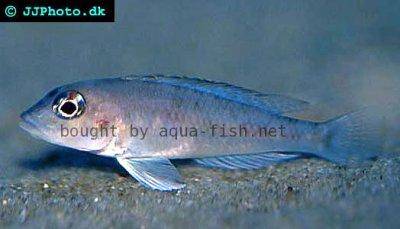

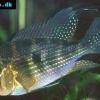 Thread-finned
Thread-finned 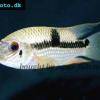 Acara
Acara 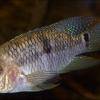 Yellow
Yellow 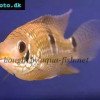 Patrick's
Patrick's 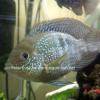 Blue
Blue 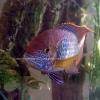 Green
Green 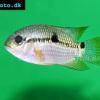 Acara
Acara 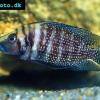 White
White 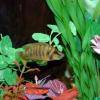 Compressed
Compressed 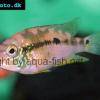 Pastel
Pastel 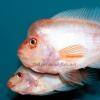 Midas
Midas 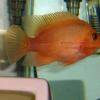 Red
Red 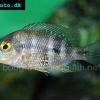 Bluemouth
Bluemouth 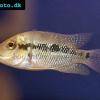 False
False 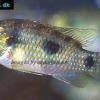 African
African 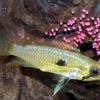 Agassiz's
Agassiz's 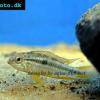 Banded
Banded 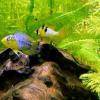 Yellow
Yellow 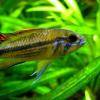 Cockatoo
Cockatoo 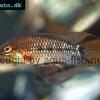 Blue
Blue 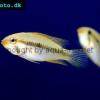 Blackstripe
Blackstripe 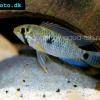 Highfin
Highfin 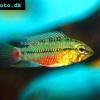 Redstripe
Redstripe 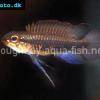 Threadfinned
Threadfinned 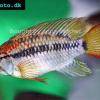 Macmaster’s
Macmaster’s 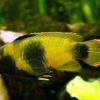 Panda
Panda 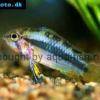 Norbert’s
Norbert’s 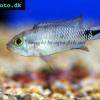 Blue
Blue 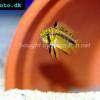 Thin-line
Thin-line 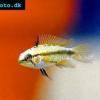 Three-striped
Three-striped 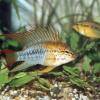 Viejita
Viejita 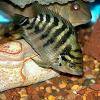 Flier
Flier 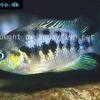 Archocentrus
Archocentrus 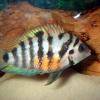 Convict
Convict 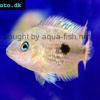 Seven
Seven 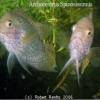 Spiny
Spiny 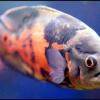 Oscar
Oscar 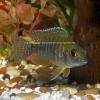 Sunshine
Sunshine 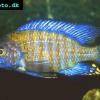 Chitande
Chitande 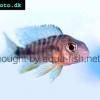 Firebird
Firebird 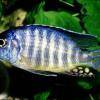 Midnight
Midnight 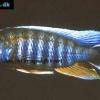 Lake
Lake 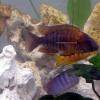 Sunshine
Sunshine 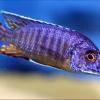 Aulonocara
Aulonocara 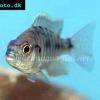 Nyasa
Nyasa 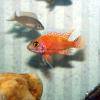 Ruby
Ruby 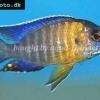 Grants
Grants 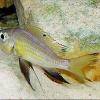 Aulonocranus
Aulonocranus 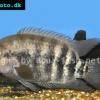 Chameleon
Chameleon 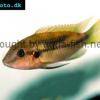 Benitochromis
Benitochromis 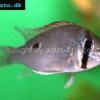 Orinoco
Orinoco 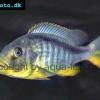 Yellow
Yellow 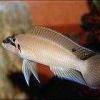 Brichard’s
Brichard’s  Guenther’s
Guenther’s 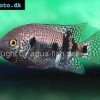 Southern
Southern 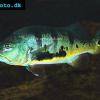 Cichla
Cichla 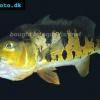 Peacock
Peacock 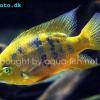 Chiseltooth
Chiseltooth 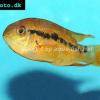 Bolivian
Bolivian 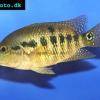 Red
Red 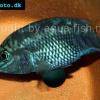 Many-pointed
Many-pointed 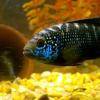 Jack
Jack 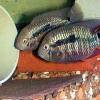 Red
Red 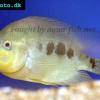 Three
Three 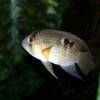 Keyhole
Keyhole 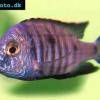 Azureus
Azureus 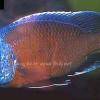 Red
Red 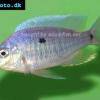 Jackson’s
Jackson’s 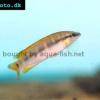 Crenicichla
Crenicichla 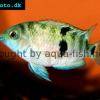 Honduran
Honduran 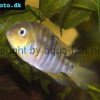 Blue-eye
Blue-eye 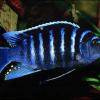 Afra
Afra 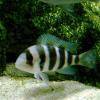 Frontosa
Frontosa 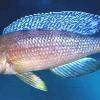 Slender
Slender 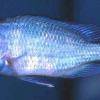 Malawi
Malawi 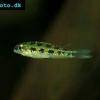 Chequerboard
Chequerboard 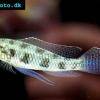 Checkerboard
Checkerboard 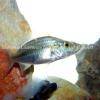 Malawi
Malawi 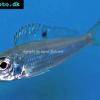 Ectodus
Ectodus 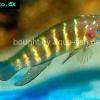 Tanganyika
Tanganyika 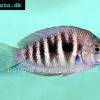 Canara
Canara 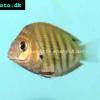 Green
Green 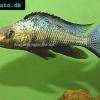 Rostratus
Rostratus 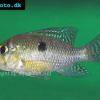 Pearl
Pearl 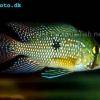 Geophagus
Geophagus 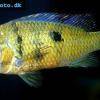 Yellowhump
Yellowhump 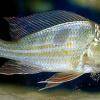 Suriname
Suriname 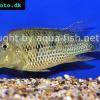 Redhump
Redhump 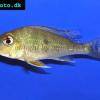 Red
Red 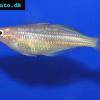 Dority’s
Dority’s 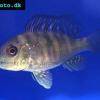 Argentine
Argentine 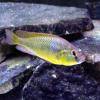 Burton’s
Burton’s 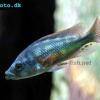 Victoria
Victoria 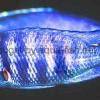 Haplochromis
Haplochromis 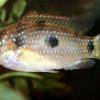 Jewel
Jewel 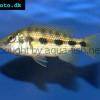 Banded
Banded 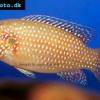 Lifalili
Lifalili 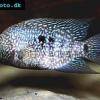 Lowland
Lowland 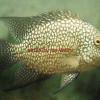 Texas
Texas 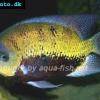 Pantano
Pantano 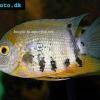 Severum
Severum 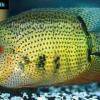 Banded
Banded 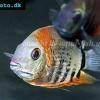 Severum
Severum 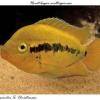 Rainbow
Rainbow 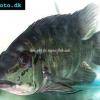 Parrot
Parrot 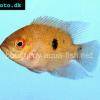 Chocolate
Chocolate 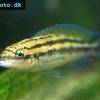 Brown
Brown 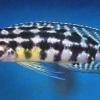 Marlieri
Marlieri 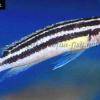 Golden
Golden 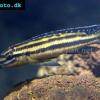 Striped
Striped 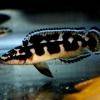 Masked
Masked 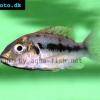 Konye
Konye 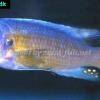 Blue
Blue 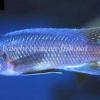 Trewavas
Trewavas 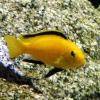 Electric
Electric 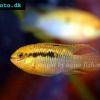 Dwarf
Dwarf 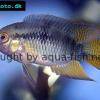 Redbreast
Redbreast 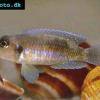 Gold
Gold 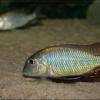 Greenface
Greenface 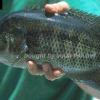 Mayan
Mayan 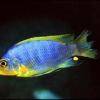 Aurora
Aurora 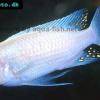 Blue
Blue 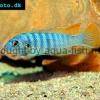 William’s
William’s 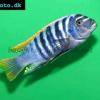 Zebra
Zebra 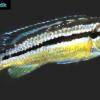 Malawi
Malawi 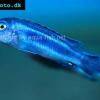 Blue
Blue 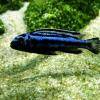 Blue
Blue 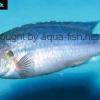 Mbuna
Mbuna 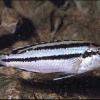 Parallel
Parallel 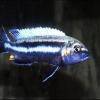 Purple
Purple  Flag
Flag 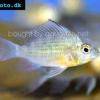 Bolivian
Bolivian 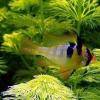 Ram
Ram 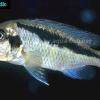 Basket
Basket 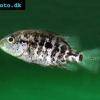 Haitian
Haitian 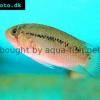 Zebra
Zebra 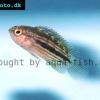 Striped
Striped 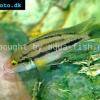 Neolamprologus
Neolamprologus 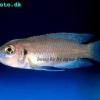 Brevis
Brevis 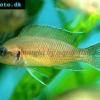 Fairy
Fairy 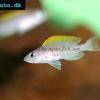 Neolamprologus
Neolamprologus 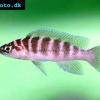 Cylindricus
Cylindricus 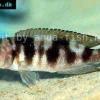 Hecq’s
Hecq’s 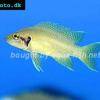 Neolamprologus
Neolamprologus 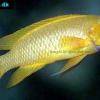 Lemon
Lemon 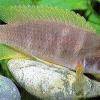 Mustax
Mustax 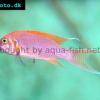 Daffodil
Daffodil 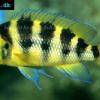 Six-bar
Six-bar 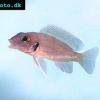 Five-bar
Five-bar 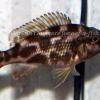 Marbled
Marbled 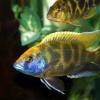 Giraffe
Giraffe 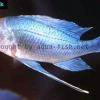 Blue
Blue 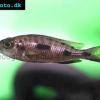 Sulphurhead
Sulphurhead 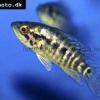 Wolf
Wolf 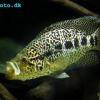 Jaguar
Jaguar 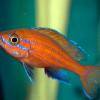 Blue
Blue 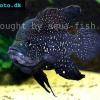 Marakeli
Marakeli 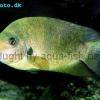 Madagascar
Madagascar 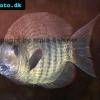 Pinstripe
Pinstripe 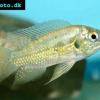 Pelmatochromis
Pelmatochromis 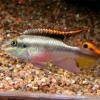 Kribensis
Kribensis 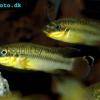 Striped
Striped 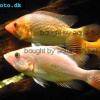 Red
Red 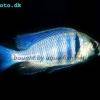 Deepwater
Deepwater 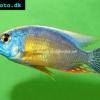 Fenestratus
Fenestratus 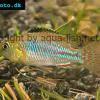 Nichols’
Nichols’ 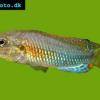 Southern
Southern 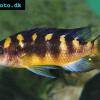 Bumble
Bumble 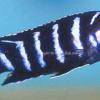 Demason’s
Demason’s  Slender
Slender 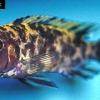 Red
Red 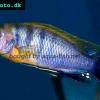 Mbuna
Mbuna 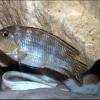 Malawi
Malawi 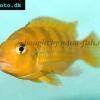 Kenyi
Kenyi 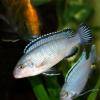 Powder
Powder 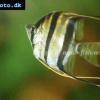 Altum
Altum 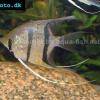 Angelfish
Angelfish 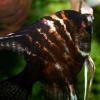 Angelfish
Angelfish 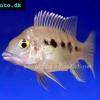 East
East 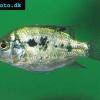 Juba
Juba 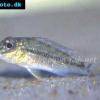 Earth
Earth 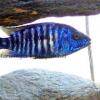 Electric
Electric 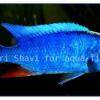 Azure
Azure 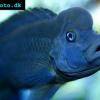 Lionhead
Lionhead 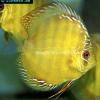 Discus
Discus 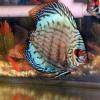 Blue
Blue 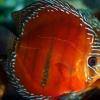 Red
Red 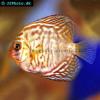 Zebra
Zebra 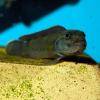 Brichard’s
Brichard’s 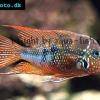 Blue
Blue 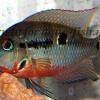 Firemouth
Firemouth 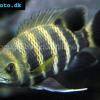 Zebra
Zebra 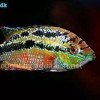 Yellow
Yellow 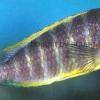 Blue
Blue 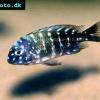 Dwarf
Dwarf 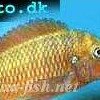 Blunthead
Blunthead 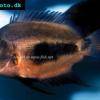 The
The 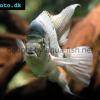 White
White 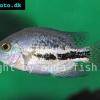 Twoband
Twoband 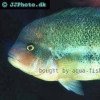 Fenestratus
Fenestratus 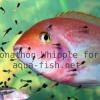 Window
Window 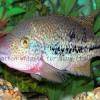 Tailbar
Tailbar 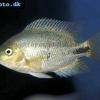 Black
Black 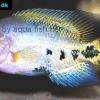 Redhead
Redhead 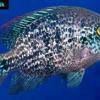 Oaxaca
Oaxaca 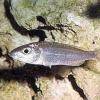 Xenotilapia
Xenotilapia